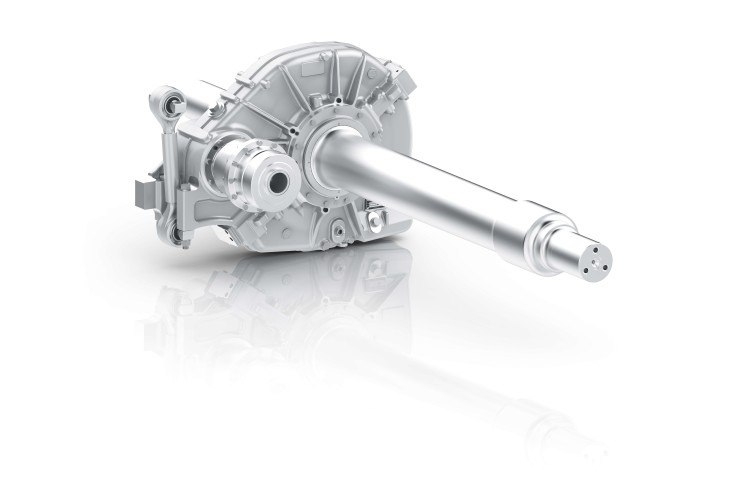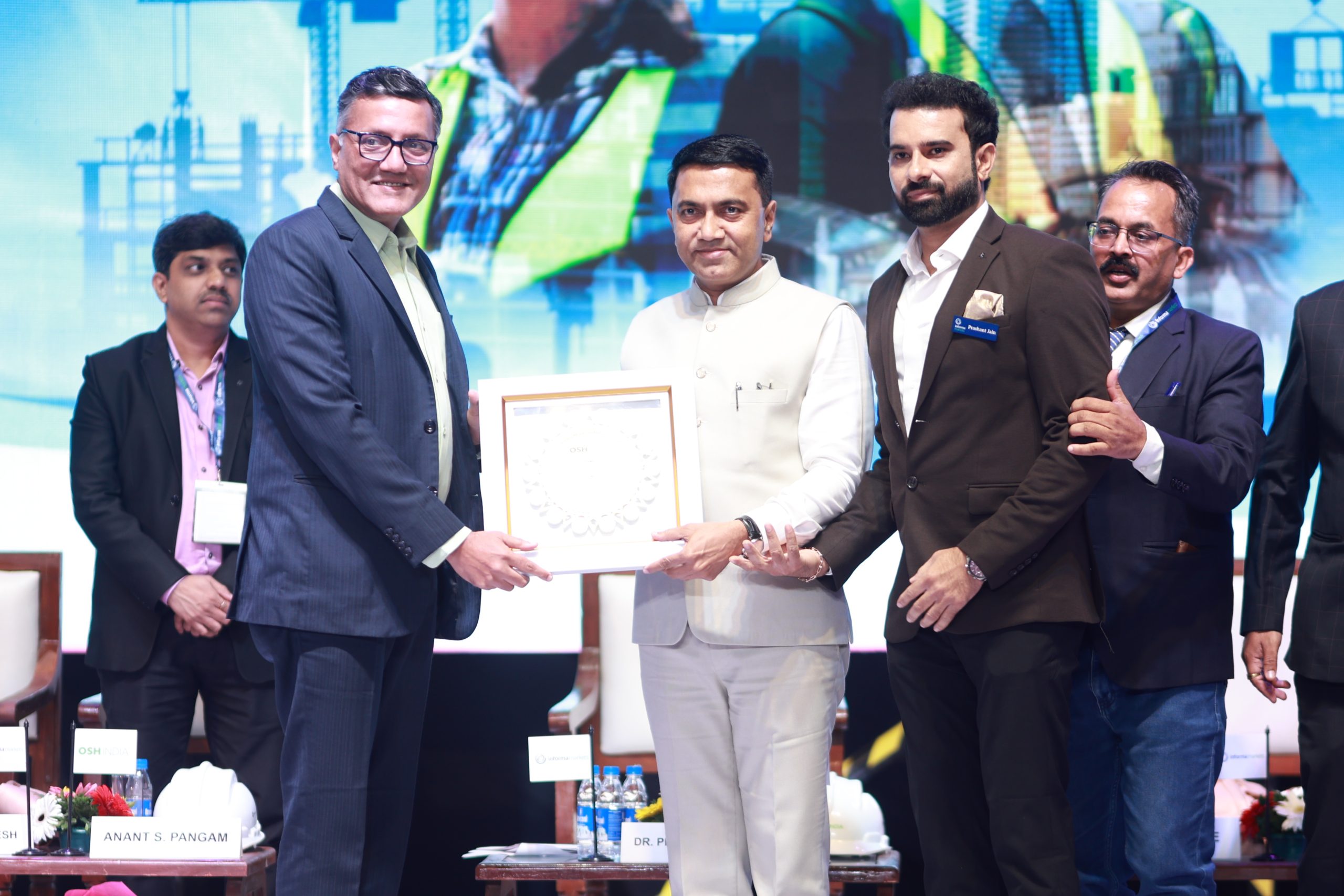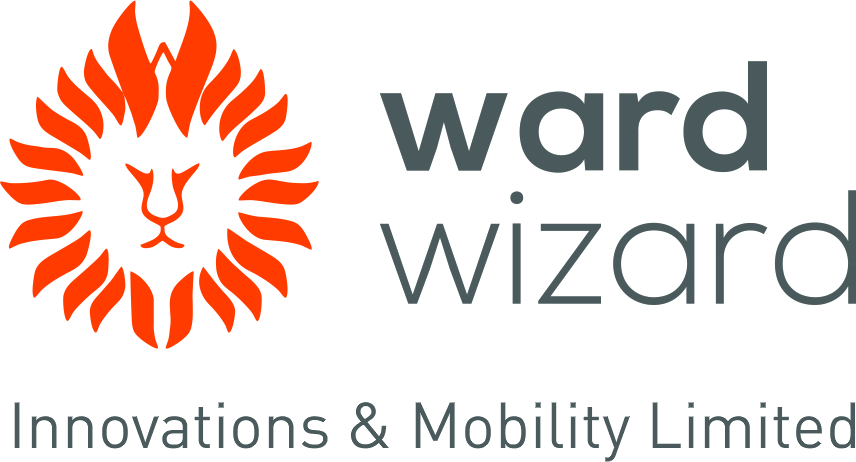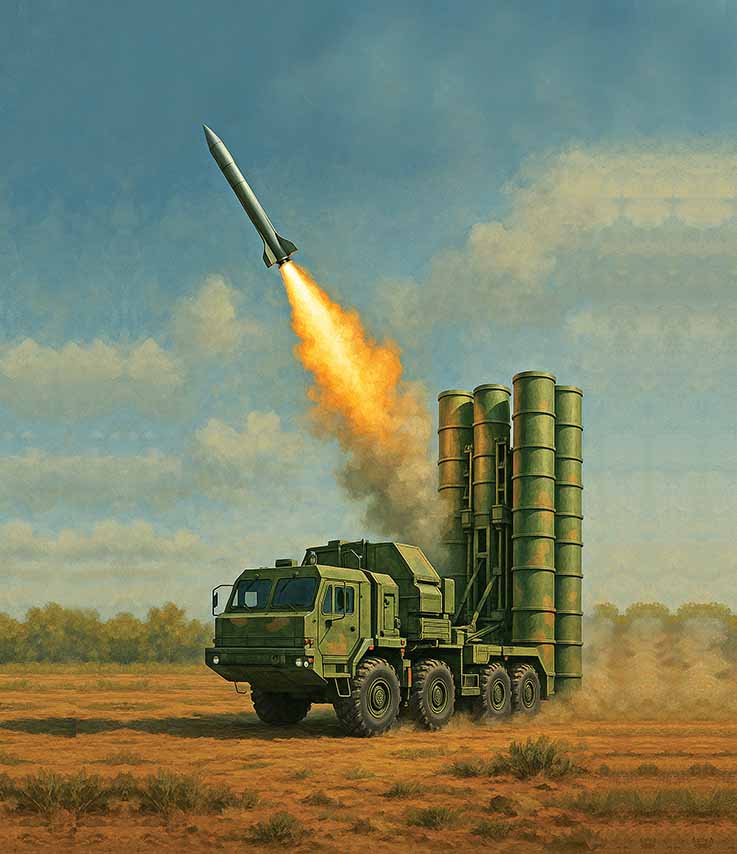Anil Valsan, Director Knowledge Leader – Advanced Manufacturing and Mobility Industry Market, Ernst & Young LLP, and Global Automotive & Transportation Lead Analyst spoke of trends in mobility and the impact on companies across the ecosystem. Ashish Bhatia draws attention to the insights shared.
 The 13th Edition of Apollo CV Awards 2022 had a special guest. Anil Valsan, Director Knowledge Leader – Advanced Manufacturing and Mobility Industry Market, Ernst & Young LLP, and Global Automotive & Transportation Lead Analyst as the keynote speaker brought along with him an immense passion for data, analytic and knowledge management where he is known to constantly seek innovation, implement best-in-class practices and make change palatable. Currently leading a multicultural team of Analysts and Knowledge Managers spread across the US, Europe and Asia, serving clients and EY practitioners (a 40k+ community) in sectors as different as chalk and cheese but somewhere with a common connect – business. From aerospace and defence, industrial products, chemicals, automotive, transportation and Mobility-as-a-Service (MaaS), over the last decades he has delivered thought-leading data-driven research, analysis and strategy projects for the professional services as well as advanced manufacturing and mobility sectors, globally. He set the tone of by sharing insights on the trends in mobility, and the impact on companies across the mobility ecosystem.
The 13th Edition of Apollo CV Awards 2022 had a special guest. Anil Valsan, Director Knowledge Leader – Advanced Manufacturing and Mobility Industry Market, Ernst & Young LLP, and Global Automotive & Transportation Lead Analyst as the keynote speaker brought along with him an immense passion for data, analytic and knowledge management where he is known to constantly seek innovation, implement best-in-class practices and make change palatable. Currently leading a multicultural team of Analysts and Knowledge Managers spread across the US, Europe and Asia, serving clients and EY practitioners (a 40k+ community) in sectors as different as chalk and cheese but somewhere with a common connect – business. From aerospace and defence, industrial products, chemicals, automotive, transportation and Mobility-as-a-Service (MaaS), over the last decades he has delivered thought-leading data-driven research, analysis and strategy projects for the professional services as well as advanced manufacturing and mobility sectors, globally. He set the tone of by sharing insights on the trends in mobility, and the impact on companies across the mobility ecosystem.
 He highlighted the two key themes that his address focused on. What’s trying to change across the mobility and transportation sectors and what does it mean for companies across the ecosystem? “We are living in unprecedented times, facing uncertainty on multiple fronts. We are still learning to live with the pandemic that has totally transformed our ways of living, working and consuming products and services,” he expressed. Drawing attention to the mobility sector still reeling from the economic costs and the horrors of the war in Ukraine, he pointed at globalisation as we have come to experience it in the last number of decades, stalling as a consequence of protectionist measures from developed as well as emerging countries. “Sustainability has become a top priority with pressures from consumers, governments investors and advocacy groups,” he averred.
He highlighted the two key themes that his address focused on. What’s trying to change across the mobility and transportation sectors and what does it mean for companies across the ecosystem? “We are living in unprecedented times, facing uncertainty on multiple fronts. We are still learning to live with the pandemic that has totally transformed our ways of living, working and consuming products and services,” he expressed. Drawing attention to the mobility sector still reeling from the economic costs and the horrors of the war in Ukraine, he pointed at globalisation as we have come to experience it in the last number of decades, stalling as a consequence of protectionist measures from developed as well as emerging countries. “Sustainability has become a top priority with pressures from consumers, governments investors and advocacy groups,” he averred.
Citing governments the world over, announcing their commitments to a zero-emissions future either in law or draft legislation as also reaffirmed at the Conference Of Parties (COP26), he explained that these factors meant that while we are witnessing demand spikes from consumers around the world between covid-19 waves, it had also surprised and surpassed supply across many sectors. “Companies across the value chain are struggling to ramp up fast enough to meet demand, a result of inflationary price pressures across the board, from energy to raw materials, a shortage of key components like semiconductors, and bottlenecks to logistics and transportation infrastructure to name just a few of the challenges,” he cited.
Impact on mobility and transportation
Thinking as an optimist, Valsan urged stakeholders to set aside threats and instead focus on the significant opportunity it presents in the short and medium-term with a market projected to grow well over 10 per cent globally, in 2022 alone. “The significant gap between demand and supply has actually created room for a variety of products and services for instance changing consumer preferences and the demand for instant delivery is driving the growth of quick commerce or hyper local delivery platforms,” he opined. Adding that last-mile delivery has grown exponentially, and consumers and customers are willing to pay a premium fee for prompt and efficient deliveries, he explained the flip side as e-commerce volumes continue to grow. Product returns are also rising at a rapid pace, he pointed.
Drawing attention to the trend of significant growth in cross-border shipping as an outcome of better logistics, digital payment options make it easier and more secure. According to Forrester, cross product purchases will actually comprise 20 per cent of the worldwide e-commerce market in 2022 with sales of over USD 627 billion. “However, there is a significant capacity constraint all around from severe container shortages, port infrastructure bottlenecks, trucking capacity constraints, driver shortages to the unavailability of warehousing and storage capacities,” he mentioned.
Responding to the market dynamics
Valsan shifted focus to the ways companies across the transportation ecosystem are responding to these market dynamics. Admitting to leading companies adopting various strategies, he underlined the four broad themes emerging in his opinion. The first is about the focus on building enterprise resilience; the second is about accelerating digitalisation in products services and across the enterprise; the third is about catching up on sustainability and last but not the least, speeding up innovation on resilience in the short term. “We see OEMs working really hard to try and keep their plants running and securing their supply chains clearly, for instance, the war in Ukraine has meant that a number of manufacturers have had to suspend their sales and production operations in Russia. They’ve had to adapt their sourcing strategies and minimise their exposure to tiers of supplies that are coming from the region,” he shared. He added that there was another strategy wherein manufacturers are adopting cross-sourcing where they look to supply vehicles or parts from any of their production facilities to any of their target markets.
To tackle lead time, for instance, some manufacturers are also adopting a postponement strategy where control units chips are being removed from finished vehicles that are not yet sold and installed in vehicles on order. “We are also seeing a greater willingness of auto makers suppliers, logistics companies and governments to share more data to improve visibility across the supply chain,” he said. He added that companies were also passing on the increase in logistics and transportation costs to customers. Logistics providers, for instance, are including a war surcharge on shipments to Asia, Latin America and Africa among other regions as the cost of manufacturing increases. Adding to it, Valsan explained that there is also greater demand for aftermarket support including connected services. A majority of the fleet managers, dispatchers and truck drivers in the US, China, and Europe already have some level of connected services in their trucks. He cited fleet operators emphasising service level agreements that guarantee product uptime and that OEMs find value in bundling services that can pro-actively support their fleets and their equipment. He moved to the adoption of digitalisation across the organisation wherein logistics and transportation companies are said to be pilot testing technologies like digital twinning to stress-test supply chains and also applications of Artificial Intelligence (AI) and machine learning being put to good use to predict capacity needs, optimise routes and improve last-mile delivery efficiency. He drew attention to more block chain applications coming online to give stakeholders greater visibility and even eliminate intermediaries on fronts like sustainability. Almost all the major logistics companies have actually pledged to achieve carbon neutrality between 2040 and 2050. This directly translates into how they are adopting electrification to transform their fleets so the demand for sustainable and alternate fuel vehicles is higher than ever before now.
In the short term, opined Valsan, there was a clear push for OEMs to have in place a portfolio of powertrains to meet the diverse needs across geographies and applications. He gave examples of markets like Asia and Latin America projected to see a phase of strong demand for alternate fuels such as natural gas and flex-fuel vehicles demand. Battery Electric Vehicles (BEVs) will grow in these regions over the medium term, he stated. In North America and Europe on the other hand, opined Valsan, the regions were witnessing an appetite for both BEVs and hydrogen-powered vehicles, driven by the cost of ownership, better infrastructure incentives and even disincentives for fossil fuel-based vehicles. “The significant increase in energy costs is also likely to accelerate the demand for electric and hydrogen vehicles across markets,” he added. Citing how major manufacturers around the world including most Indian manufacturers have committed to a road map to shift product portfolios dramatically toward electrification within the next decade. Valsan also gave an example of the transportation sector innovating in line.
A testimony to it is the OEMs witnessing a significant number of new entrants in just the last decade, from new products or services to intermediating or even disintermediation in new business models. In comparison, traditional auto makers are mostly self-reliant or partner with peers for developing electric or hydrogen powertrains. He urged them to look at the growing need for collaborating with startups, and technology companies for autonomous vehicles and networks. “We have certainly seen a proliferation of pilots for autonomous vehicle use cases such as automated last-mile delivery services platooning, retrofitting autonomous technologies and also for transfer hubs. Now the pandemic induced growing driver shortage, the introduction of regulations such as hours of service are also driving interest in autonomous trucking and delivery services,” he opined. In conclusion, Valsan stated that companies would actually need to learn to survive and thrive despite the uncertainties as we’ve seen with some practices by leading companies. Despite all of these challenges, a number of these companies are announcing good levels of profit margins, a reflection of the opportunities such times present.













Leave a Reply